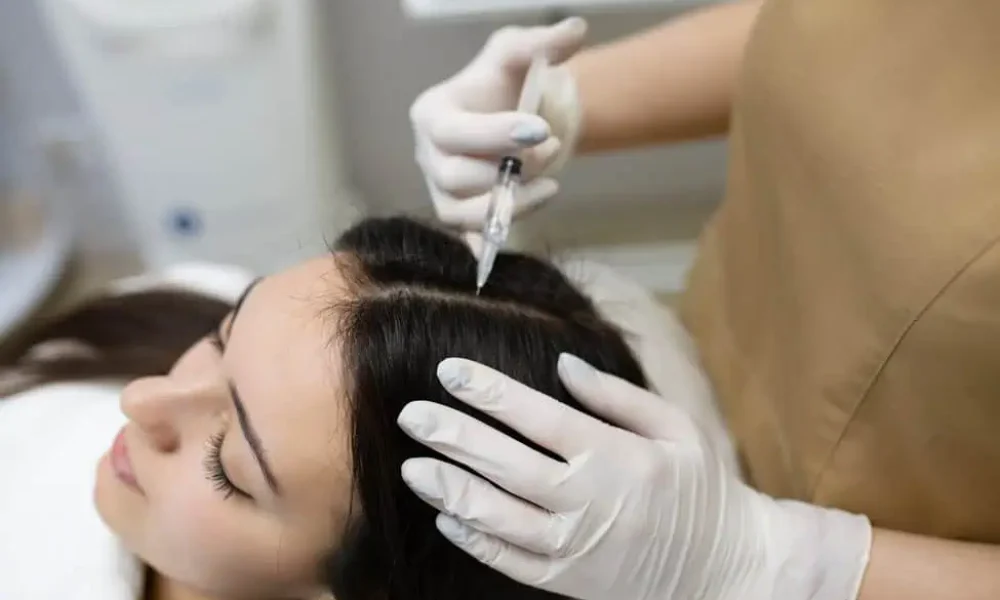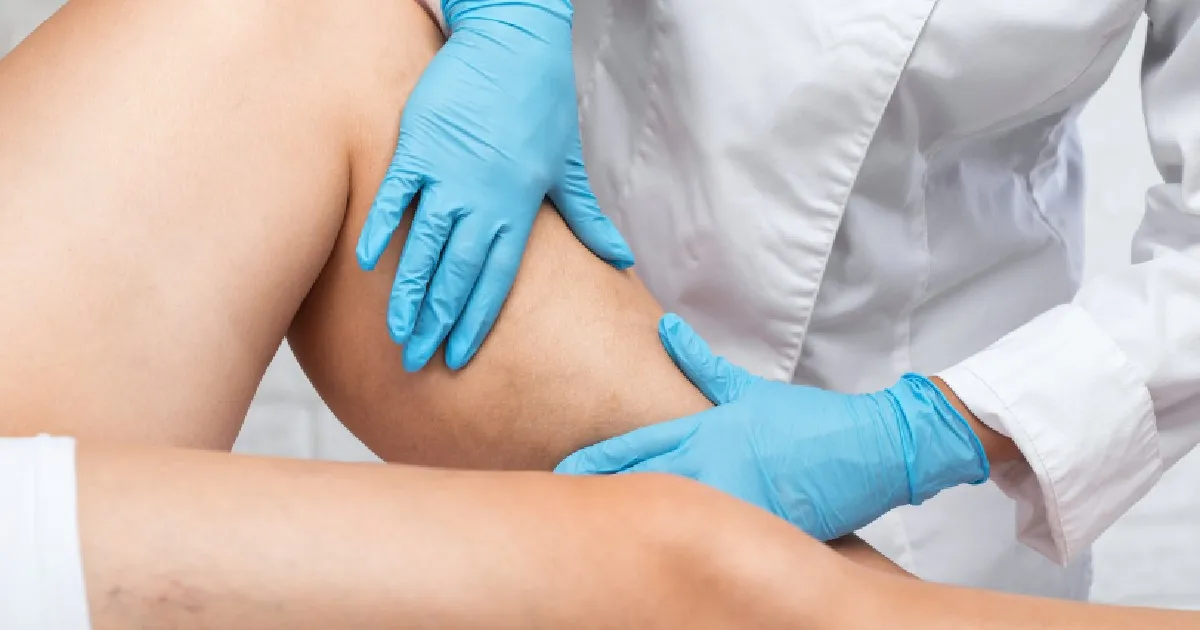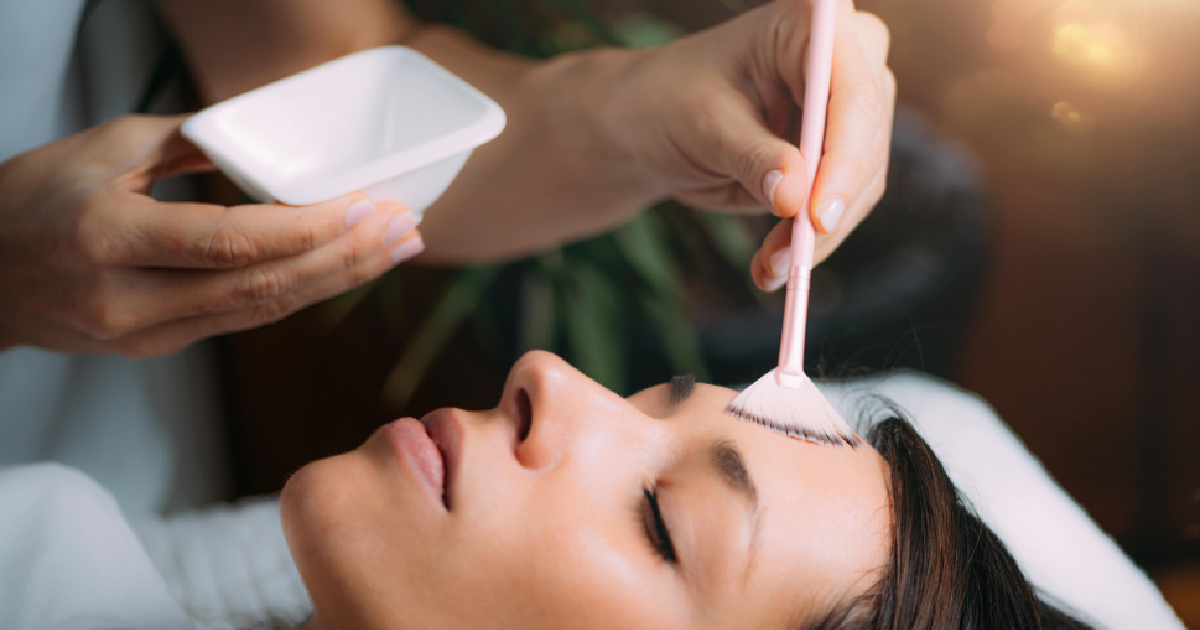Table of Contents
Are you constantly finding more hair in your brush or shower drain while your hairline continues to recede? Hair loss can be frustrating and emotionally distressing, affecting both your appearance and self-confidence.
This blog will help you understand the common causes of hair thinning. It will also provide effective prevention strategies and advanced restoration options like PRP therapy. Understanding your options is the first step toward regaining thicker, healthier hair.
Understanding the Root Causes of Hair Loss
Before seeking treatment, it’s important to identify what’s causing your hair concerns. Causes of hair loss are diverse and can include:
Genetic Factors
Hereditary hair loss is also referred to as androgenetic alopecia. This is responsible for approximately 95% of all hair loss cases. The condition, which causes progressive thinning hair, affects both men and women, though the pattern typically differs between genders.
Men often experience receding hairlines and balding crowns, while women usually notice widening parts and overall thinning.
Hormonal Imbalances
Hormonal fluctuations can significantly impact hair growth cycles. Conditions like thyroid disorders, polycystic ovary syndrome (PCOS), and changes during pregnancy or menopause can trigger or worsen hair shedding. These hormonal shifts can disrupt the normal hair growth cycle, leading to increased shedding or slower regrowth.
Medical Conditions and Medications
In several cases, specific health conditions may result in hair loss. Examples of these are:
- Autoimmune diseases like alopecia areata
- Scalp infections such as ringworm
- Trichotillomania (hair-pulling disorder)
- Chronic stress and anxiety disorders
Additionally, certain medications may list hair loss as a side effect, including some treatments for:
- Cancer (chemotherapy)
- Arthritis
- Depression
- Heart problems
- High blood pressure
Lifestyle and Environmental Factors
Your daily habits can also impact hair health:
- Poor nutrition lacking essential vitamins and minerals
- Extreme weight loss or crash dieting
- Excessive heat styling or chemical treatments
- Tight hairstyles causing traction alopecia
- Exposure to environmental pollutants and UV radiation
Effective Strategies for Hair Loss Prevention
Proactive hair loss prevention starts with lifestyle modifications and early intervention:
Nutrition and Supplementation
Here, you should aim to eat a balanced diet. It is typically rich in hair-supporting nutrients that can strengthen follicles from within. Key nutrients include:
- Protein (the building block of hair)
- Iron and zinc (support hair growth)
- Vitamins A, C, D, and E (promote cellular health)
- B-complex vitamins, especially biotin (enhance hair strength)
Supplements formulated specifically for hair health can help fill nutritional gaps, though they work best as part of a comprehensive approach.
Scalp Care Protocols
The foundation of healthy hair can be traced back to its scalp. Here are some tips to take care of your scalp:
- Regular cleansing with gentle, sulfate-free shampoos
- Exfoliation to remove buildup and stimulate circulation
- Protection from excessive sun exposure
- Scalp massages to enhance blood flow to follicles
Stress Management Techniques
Since chronic stress can trigger or worsen hair shedding, incorporating stress-reduction practices can support hair health:
- Regular physical activity
- Meditation and mindfulness practices
- Adequate sleep (7-9 hours nightly)
- Work-life balance adjustments
Non-Surgical Hair Restoration Options
For those seeking solutions beyond prevention, several non-surgical hair restoration treatments offer promising results:
Hair Restoration Using Platelet-Rich Plasma (PRP)
Hair regrowth treatment using platelet-rich plasma (PRP) therapy represents a cutting-edge, non-surgical procedure for those experiencing hair loss or thinning hair. This innovative treatment harnesses the natural healing properties of your own blood’s platelets, which are rich in growth factors essential for natural hair regrowth.
The platelets, a key component of the body’s own repair system, work by rejuvenating and repairing damaged hair follicles, encouraging the growth of new, healthy hair. PRP therapy is particularly effective in treating areas of the scalp where hair thinning is most noticeable, offering a solution to both men and women seeking to restore the appearance and volume of their hair.
The process is relatively simple:
- A small blood sample is drawn from the patient
- The blood undergoes a process in a centrifuge to isolate the platelet-rich plasma
- The concentrated PRP will be injected into targeted areas of the scalp
- Multiple sessions are typically recommended for optimal results
Many patients report seeing visible improvements within 3-6 months, including:
- Reduced hair shedding
- Increased hair thickness
- New growth in previously thinning areas
- Overall improvement in hair quality and texture
When to Consider Hair Restoration Treatments
Recognizing the right time to pursue hair restoration treatments in Texas can make a significant difference in outcomes. While occasional shedding is normal, certain signs indicate that it may be time to consider professional intervention:
- Persistent Thinning or Bald Patches: If you’ve noticed consistent thinning or visible patches that don’t improve over time, it’s a good idea to consult with a specialist.
- Sudden Hair Loss: Rapid hair loss or clumps falling out unexpectedly could signal an underlying medical issue and warrants prompt evaluation.
- Family History of Hair Loss: If genetic hair loss runs in your family, early treatment can help slow the progression and preserve existing hair.
- Lack of Improvement with Lifestyle Changes: If you’ve optimized your nutrition, reduced stress, and taken supplements with little to no improvement, medical treatments like PRP may offer a better solution.
- Emotional Impact: When hair loss begins to affect your self-esteem or quality of life, exploring restoration options can restore not just your hair, but also your confidence.
By acting early and choosing the right treatment path, you can proactively address hair concerns before they become more severe.
Choosing the Right Hair Loss Treatment for You
Determining the optimal hair loss treatment approach depends on several factors:
Consultation and Diagnosis
Professional evaluation is essential before starting any treatment:
- Detailed hair and scalp examination
- Medical history review
- Possible blood work to identify underlying issues
- Assessment of hair loss pattern and progression
Treatment Selection Factors
Consider these aspects when evaluating options:
- Severity and pattern of hair loss
- Age and overall health status
- Budget and time constraints
- Desired outcomes and expectations
- Willingness to maintain ongoing treatments
H-Town Aesthetics: Premier Hair Restoration in Texas
At H-Town Aesthetics in Katy, TX, our Hair Restoration process begins with a simple blood draw from the patient. Red and white blood cells are separated from platelets in a centrifuge by spinning them at high speeds. The result is a concentration of platelet-rich plasma (PRP), containing three to five times the normal number of platelets. They also come with essential growth factors like PDGF and VEGF.
What sets our approach apart:
- Customized treatment plans based on individual hair loss patterns
- Advanced centrifuge technology for optimal platelet concentration
- Precise injection techniques for maximum effectiveness
- Comfortable, spa-like environment to ensure a positive experience
Start Your Hair Restoration Journey – Book an Appointment Today!
Frequently Asked Questions
How long does it typically take to see results after PRP hair restoration treatment?
Most patients begin to notice improvements in hair thickness and reduced shedding within 3-4 months after treatment.
Is PRP hair restoration painful or are there any significant side effects?
The procedure involves minimal discomfort with most patients experiencing only mild tenderness at injection sites that typically resolves within 24-48 hours.
How many PRP treatment sessions will I need for optimal hair restoration results?
Most patients achieve optimal results with an initial series of 3-4 treatments spaced 4-6 weeks apart, followed by maintenance sessions every 6-12 months.






